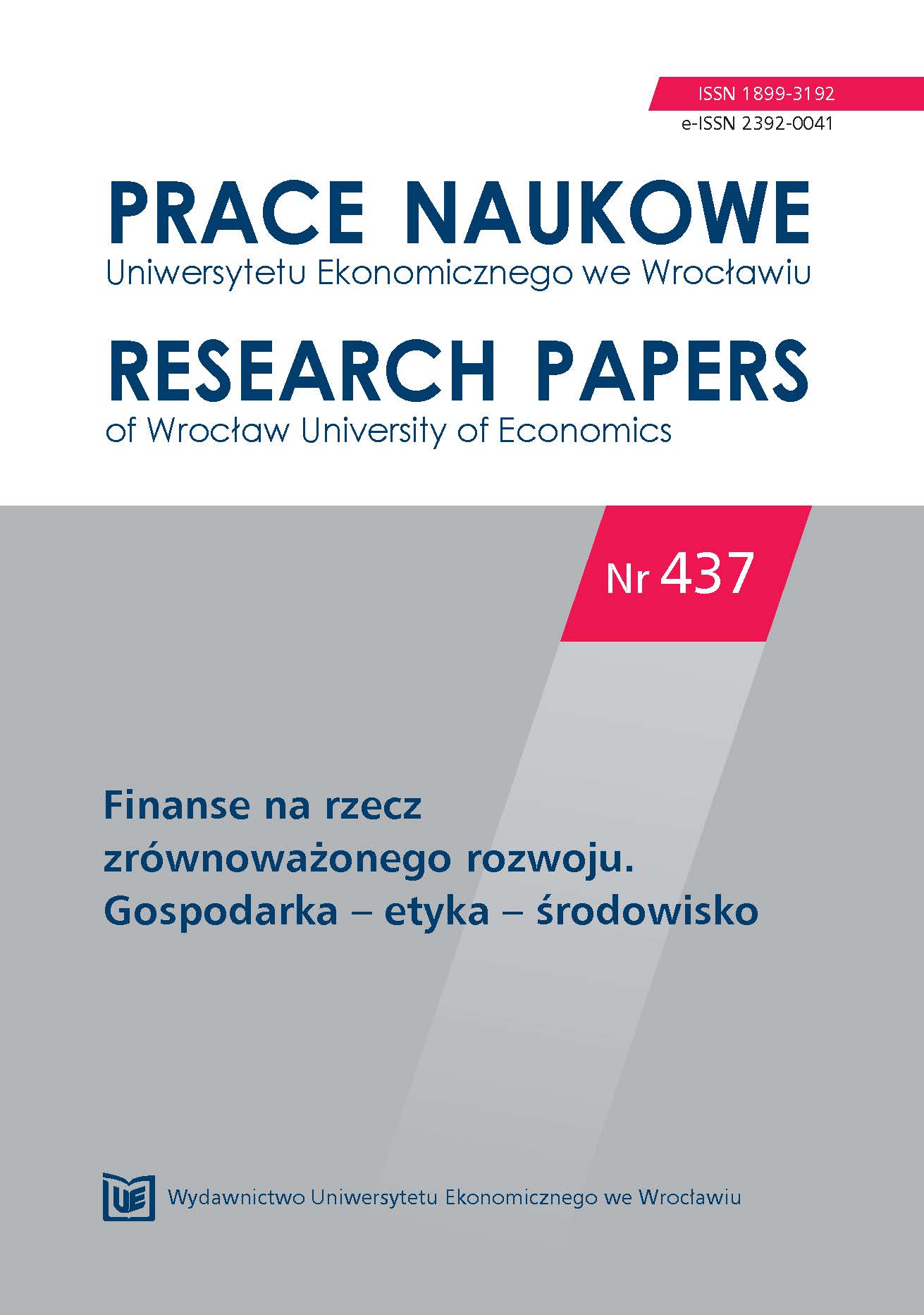Finansowanie pomocy publicznej na ochronę środowiska w Unii Europejskiej – zagadnienia interpretacyjne
Granting of state aid for environmental protection in the European Union – the interpretation problems
Author(s): Piotr PodsiadłoSubject(s): Economy, Energy and Environmental Studies
Published by: Wydawnictwo Uniwersytetu Ekonomicznego we Wrocławiu
Keywords: state aid; environmental protection; European Union; treaty premises; state resources
Summary/Abstract: The aim of this article is to present the conditions of admissibility of state aid in the European Union, with particular emphasis on horizontal aid for environmental protection. The economic advantages granted to specific undertakings are to be considered state aid pursuant to Article 107 (1) TFEU only if they constitute “aid granted by a Member State or through state resources”. The presence of state aid thus requires two elements. First, the economic advantage granted to an undertaking has to stem from the allocation of state resources (“requirement of State resources”). Article 107 (1) TFEU covers only “state” resources. The economic advantages granted by private undertakings, foundations, unions, or other institutions in the private sector, the allocation of which the state can influence neither directly nor indirectly, are not to be considered “state” resources. Second, the advantage granted to an undertaking has to involve the transfer of state resources (“requirement of transfer of resources”). It is not clear, however, whether Article 107 (1) TFEU actually conditions the presence of state aid on a direct or indirect transfer of state resources to the beneficiary. It is arguable that Article 107 (1) TFEU also covers such economic advantages as stemming from a state measure not involving any transfer of state resources. The requirement of “state” resources and the requirement of transfer of resources are closely intertwined, and therefore often not distinguished with sufficient clarity. Both requirements, however, involve separate problems, and therefore should be evaluated independently.
Journal: Prace Naukowe Uniwersytetu Ekonomicznego we Wrocławiu
- Issue Year: 2016
- Issue No: 437
- Page Range: 348-359
- Page Count: 12
- Language: Polish

